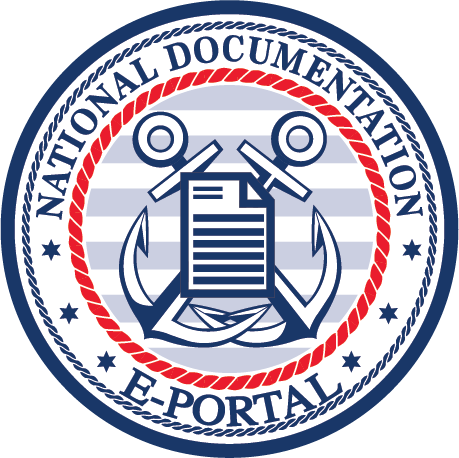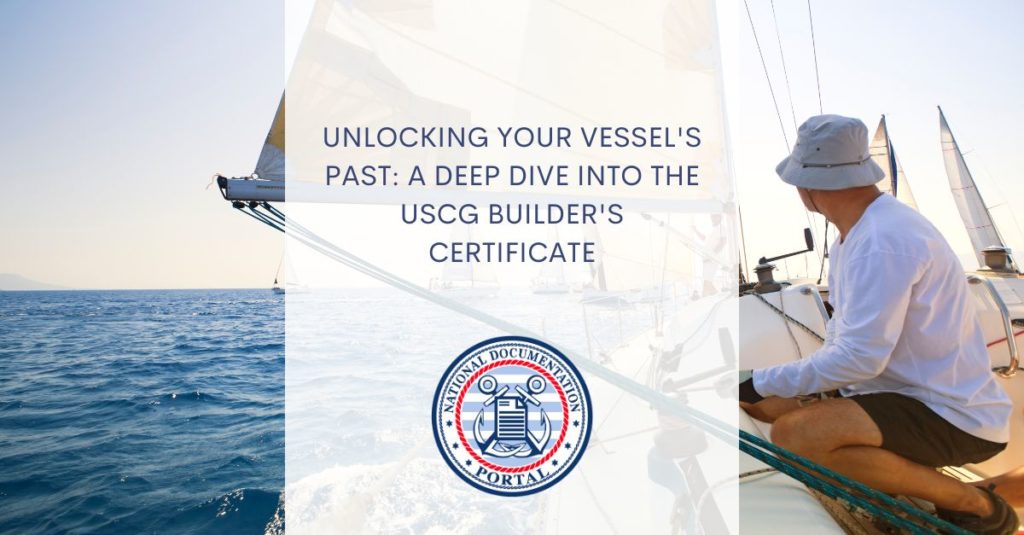When it comes to owning a boat, whether used or brand new, understanding its origins and operational history is critical. A tool that can provide a wealth of information about your vessel’s past is the USCG Builders Certificate. You can think of this document as your boat’s birth certificate, providing crucial details about its construction, specifications, history, and more.
Today, join National Documentation Portal to understand the valuable information contained in this document and its relevance for boat ownership.
The USCG Builder’s Certificate: What’s Inside?
The USCG Builder’s Certificate is much more than a basic spec sheet. It includes a detail-rich narrative of the boat’s origins and development. Here’s a peek into what this document contains:
- Builder information
- Construction details such as materials, dimensions, and more
- The original Hull Identification Number (HIN)
- The date of the build
- Any potential modifications or significant repairs undertaken over time
Why the USCG Builder’s Certificate Matters:
For potential buyers, the USCG Builder’s Certificate is an essential asset. Here’s why:
- It verifies the boat’s age, specifications, and compliance with safety standards, enabling an informed purchase.
- It can reveal hidden damage history or unauthorized modifications, allowing you to avoid potential pitfalls.
- It helps in assessing the fair market value of the boat, ensuring you make a wise financial decision.
- It provides a baseline for insurance, financing, or future appraisals, safeguarding your investment.
Obtaining the USCG Builder’s Certificate:
So, how does one get a USCG Builder’s Certificate? The builder should provide this document if you’re purchasing a new boat.
Consider using a reliable third-party service like National Documentation Portal that facilitates streamlined access to historical documents.

How Builder’s Certificate Helps Establish Vessel Ownership:
There are different scenarios depending on the vessel. For instance, if the boat was never previously documented (or is new), the Builder’s Certification will name the documentation applicant as the person for whom the vessel was first transferred or built.
Also valid: foreign registration demonstrating the applicant is the vessel owner, a State Title or Registration copy, or a transfer on a Manufacturer’s Certificate of Origin.
Many vessels, however, were previously owned. If so, the applicant must provide sales receipts or other evidence showing the vessel’s transfer from the last registered owner. If the title was transferred by some means other than a bill of sale, contact one of our documentation processors at 1-800-343-0530 or email info@nvdcrenewal.us
Is It Mandatory to Establish Build Evidence?
If you plan to use your vessel for fisheries or coastwise trade, you must provide evidence that it was constructed in America. You can establish proof by submitting a Builder’s Certification.
You can’t complete this form yourself. The person who constructed or oversaw the vessel’s construction or an official of the company that built the vessel must complete it after examining the company’s records to establish the build’s facts. The authorities will not accept a copy of this, so you must present either a Facts of Build Letter or the Original Builder’s Certification with your submission.
Expert Tip for Boat Shoppers from National Documentation Portal:
For those planning to purchase a boat this spring, do not bypass the crucial step of requesting the USCG Builder’s Certificate. Make it a non-negotiable part of your boat-buying process. After all, protecting your investment is the first step towards a smooth sailing experience.
In conclusion, the USCG Builder’s Certificate is not just a document but a treasure trove of information. It holds the key to your boat’s history, backed with crucial facts and figures to guide your ownership decisions. Seek it, scan it, study it- and set sail with confidence. Please contact National Documentation Portal team of processors if you need assistance with your builder’s certification.

